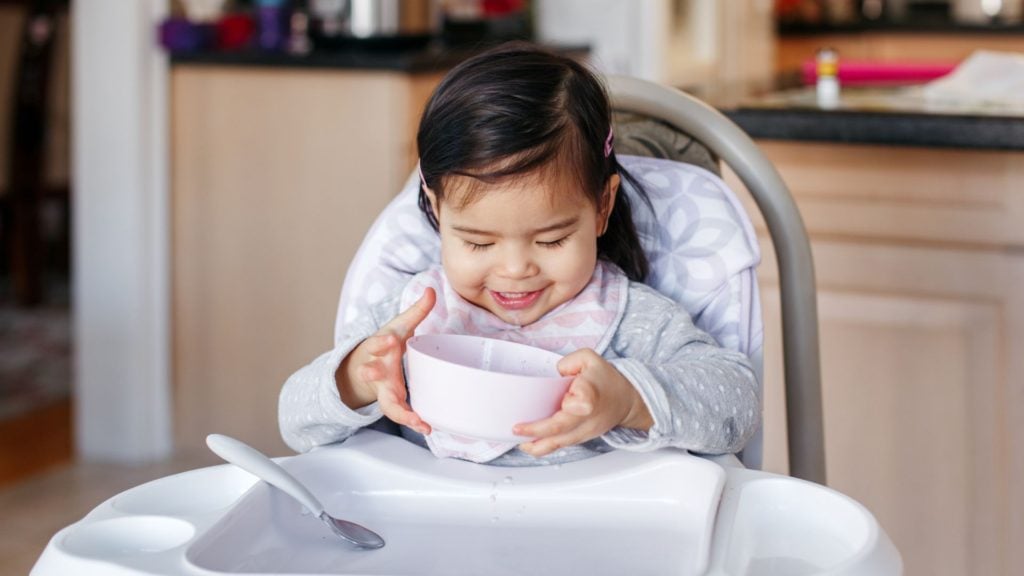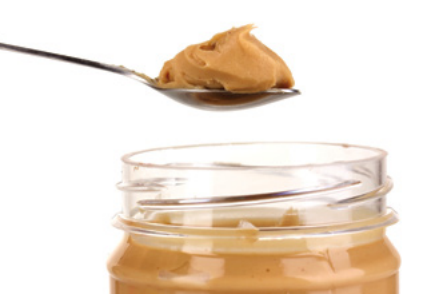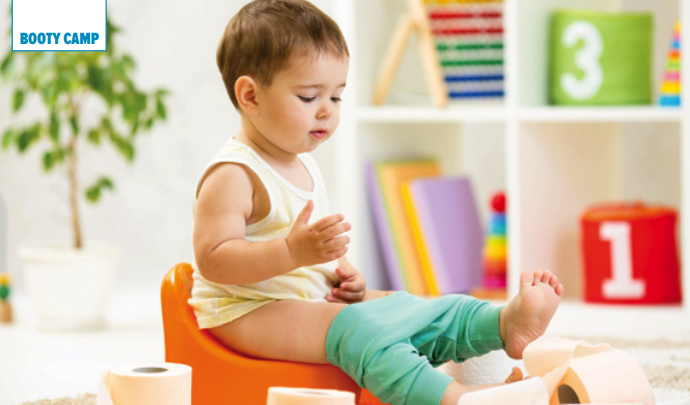Q: How long before bedtime is it OK to give a bedtime snack? At what age should these snacks start and stop?
A: A snack before bedtime can serve important functions — such as preparing little bodies for a 10- to 12-hour night of solid sleep; solidifying a routine that gets kids ready for sleep; and cutting off any potential sleep-procrastination plans with the classic complaint of, “I can’t sleep. I’m hungry,” usually about 10 minutes after lights out.
This routine for snacking before bedtime starts in infancy when babies are feeding every 3 to 4 hours. Parents can quickly see how a feeding lulls a baby to sleep, promotes bonding and correlates with the reduction of nighttime awakenings.
Those same patterns exist in toddlerhood as parents recognize that a bedtime snack with a slightly full tummy can potentiate sleep and prevent nighttime arousals.
As children get older, they’re less likely to need the caloric portion of the snack to prevent night time awakenings, but may still enjoy the routine.
Keep in mind, however, that the routine — of parent-child interaction and subliminal recognition by the child that bedtime is approaching — doesn’t need to be tied to the act of eating. Bath time, reading and other activities can help children transition to bedtime as well.
Into teenage years, often kids’ sleep cycles and mealtimes are altered due to the complexity of their daytime schedules. For teens, bedtime snacks can help ensure they get enough calories when they’re busy with after-school activities, including evening sports programming. Additionally, more calories may be needed to support rapid growth during the teenage years.
If bedtime snacks are used, they shouldn’t be a substitute for a poorly eaten dinner.
These snacks are best offered about an hour before bed to allow teeth-brushing afterwards and the other parts of the bedtime routine.
Snacks should be small, not overly filling and should be balanced with protein, carbohydrates and a small amount of healthy fats. Thus, cheese and crackers, granola and yogurt and apple slices and peanut butter are a few good choices.
 Dr. Gigi Chawla is a board-certified pediatrician and the senior medical director of primary care at Children’s Hospitals and Clinics of Minnesota.
Dr. Gigi Chawla is a board-certified pediatrician and the senior medical director of primary care at Children’s Hospitals and Clinics of Minnesota.






















